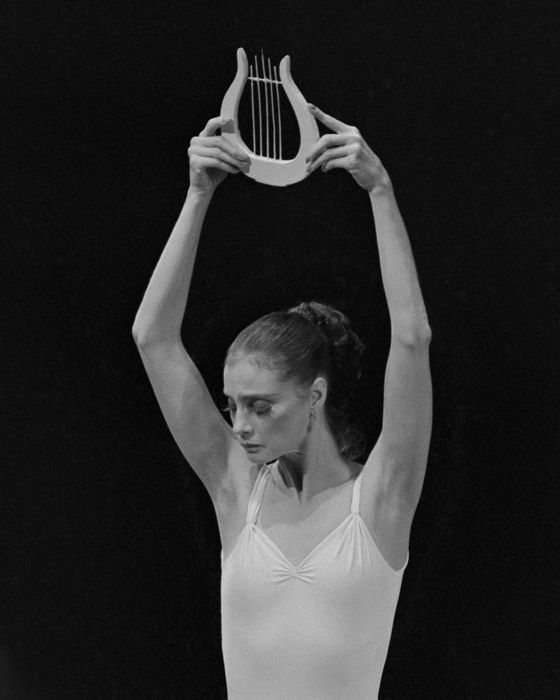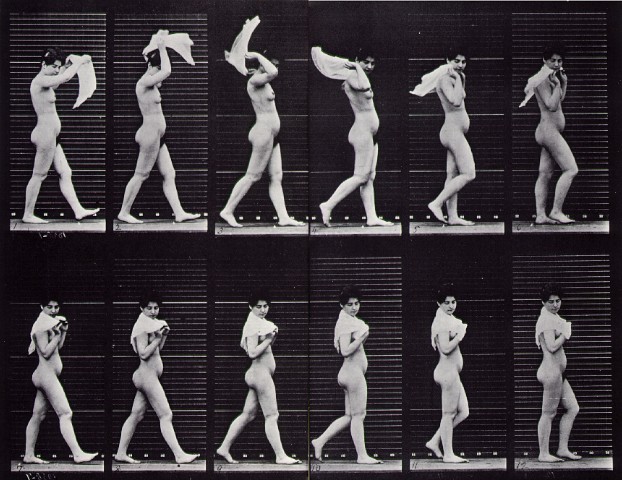
[Image © Paul Kolnik]
I learn from Oliver Sacks that neurologists use this phrase — the kinetic melody of movement — to describe the naturalness and fluidity of normal human movement. They call a halting, broken movement, caused by something like Parkinson's disease, a kinetic stutter.

As Sacks explains it, “When we walk, our steps emerge in a rhythmical stream, a flow that is automatic and self-organizing. In parkinsonism, this normal, happy automatism is gone.”
Dance elaborates on this natural kinetic “melody” in order to celebrate it, and it is something worth celebrating, as a sign of health and prowess, crucial to early human societies, especially ones based on hunting.

[Image © Paul Kolnik]
Like musical melodies, based undoubtedly on the pleasing qualities of human speech, especially in the unique voices of kinfolk and tribal allies, dance can become almost an end in itself — but it always retains an echo of the simplest kinetic melody, the song sung by any human body moving through space.

Sculptors, like Augustus St. Gaudens (above), and photographers like Paul Kolnik, who did the black and white images of the New York City Ballet here, can freeze motion in such a way that it implies the whole melodic arc of a movement.

When a filmmaker puts a frame around some part of the world, she is helping define a space, and thus helping us read any movement through it as a kinetic melody. Such melodies can, by the choreography of the movement, become almost symphonic, in the way classical ballet can. Good Westerns, which enlist the noble and elegant kinetic melodies of horses, are always symphonic in this way.
Every great filmmaker knows, if only intuitively, that she is really making a kind of music with her images.

That statue is something else. I keep expecting it to move. Or I scroll down the page and feel I caught a flicker of movement in the corner of my eye and scroll back up. Something in the wave of the arm of the angel.
It really is a kind of symphony of implied kinetic melodies — and of course in the presence of the statue one is inspired to walk around it, which becomes a kind of antiphonal melody you create with the movement of your own body.